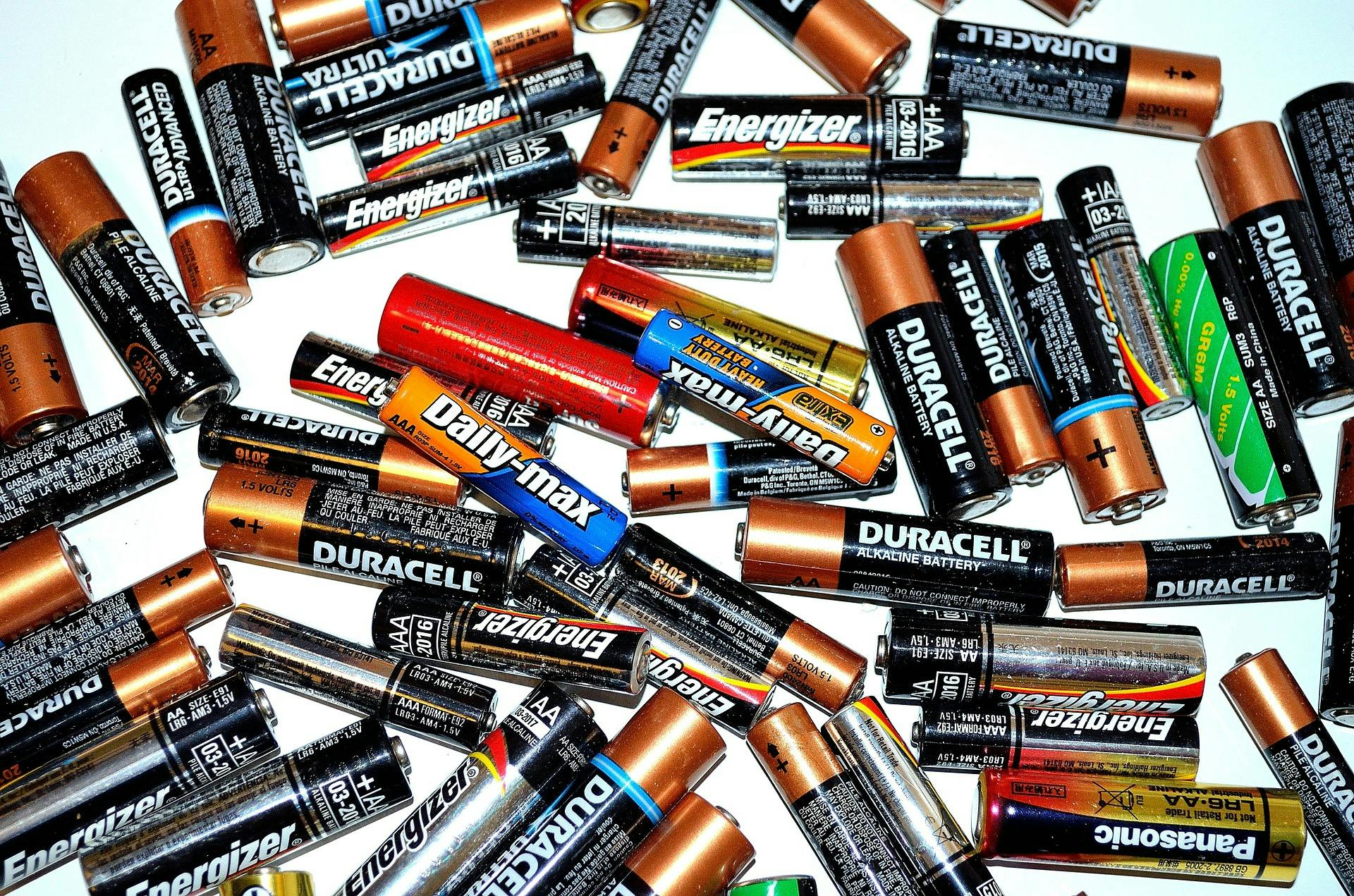In the past, recycling was primarily limited to glass, paper, and metal, and the fact is that these items still make up the majority of recycled materials according to the Environmental Protection Agency: 67.8 million tons of material were recycled in 2016, with paper and paperboard accounting for approximately 67%; followed by metals at 12%; and glass, plastic, and wood at 4-5% each. However, as recycling technology and methods have evolved, more and more items and materials are suitable for recycling, and the types of glass and paper that can be recycled have changed through the years.
Recycling Cardboard and Waste Paper
If something is made from paper, there is a good chance it can be recycled. That includes:

- Newspapers
- Phone books
- Magazines (yes, glossy paper can be recycled)
- Junk mail
- Office paper and other types of waste paper
- Cardboard (including shipping boxes, and juice and dairy cartons)
This is probably the main reason that paper accounts for so much of the material recycled in the US: there are just so many different types of paper than can be recycled. And, unlike some materials, it can be reused to make more of itself.
Recycling Glass

Glass has been recycled for many years, and the types of glass that are recyclable include drinking glasses, bottles, and jars made from clear, amber, and green glass. There are, however, types of glass that cannot be recycled; for example, heat resistant glass (e.g., Pyrex), window glass, crystal, ceramics, and broken glass that consists of mixed colors are not recyclable. That said, one of the keys to recycling glass is remembering that it needs to be clean and as free of contaminants as possible. If glass is contaminated with dirt or food waste, it will not be recycled.
Recycling Plastics
There are over 50 different types of plastics than can be recycled, which means that most of the plastics that we use every day are recyclable. Most people think that you have to refer to the code number on the bottom of a plastic container in order to determine if it can be recycled, but the reality is that the shape of the item is a far better predictor: if it is a bottle, jar, or jug, then it can be recycled. However, these items need to be reasonably clean, which means no half-full soft drink bottles or milk jugs with a few inches of milk left at the bottom. Also, keep in mind that plastic shopping bags do not belong in a recycling bin with jugs and bottles.
Recycling Metals
The most common type of recyclable metal is the aluminum can, which is 100% recyclable, although just about every kind of metal that is commercially used can be recycled and reused. Before recycling takes place, however, the metals are divided into different groups, first dividing non-ferrous metals (those without iron, like aluminum, copper, and bronze) from ferrous metals (those with iron, which primarily means steel). As far as what can be recycled, besides aluminum cans there is also aluminum bakeware, aluminum foil, steel cans, and tin cans (steel cans with a thin coating on the inside to preserve the contents and prevent corrosion) as well as various types of scrap metal.
Recycling Wood
Wood is another material that might not strike you as recyclable. However, timber boxes, fencing, wooden floorboards, furniture, and plywood can all be recycled. Wood that has been treated (pressure treated, varnished, or painted), particleboard, and chipboard are a bit more difficult to recycle because of the toxic chemicals involved. Most scrap lumber and untreated wood is turned into mulch, compost, chipboard, or particleboard.
Recycling Batteries

Yes, you read that correctly: certain types of batteries can be recycled. This includes car batteries (lead acid batteries), button batteries, household batteries (game controllers, flashlights, remote controls), and rechargeable batteries (laptops, power tools). Besides the obvious benefits of recycling batteries so that components can be reused, there is the added benefit of preventing toxic chemicals from leaking out into the environment.
Recycling Bricks and Demolition Rubble
You may not realize it, but bricks and rubble from demolition can be recycled into aggregate for use on construction sites, used in place of sand, reused for non-load bearing applications, or recycled into new bricks. Bricks are usually chipped (for a coarser aggregate) or crushed (for a finer aggregate). Other inert materials like concrete and cement can also be successfully recycled. These materials are crushed and used for gravel, riprap revetments, and in the place of mulch or landscaping stone.
Conclusion
Besides the traditional paper, plastic, glass, and metal, there are many other items that can be recycled that we might not immediately think of, including untreated wood, batteries, bricks, and demolition rubble. In some cases, recycling prevents harmful materials from entering the environment, as with batteries. In other cases, the refuse can be transformed into useful and attractive building materials, as with untreated wood, brick, and rubble.
Accurate Recycling
Accurate Recycling has been recycling materials for the Tri-State area for over forty years. Not only can we load and haul away your recycling waste, but we can also provide, install, and maintain on-site recycling equipment for you. We’ll also purchase or assist you with recycling obsolete inventory, roll stock, both high- and low-grade materials, and metal scrap. If it needs a new home and a new lease on life, then we can help. Contact Accurate Recycling today!
